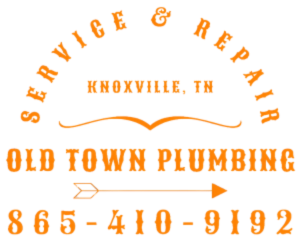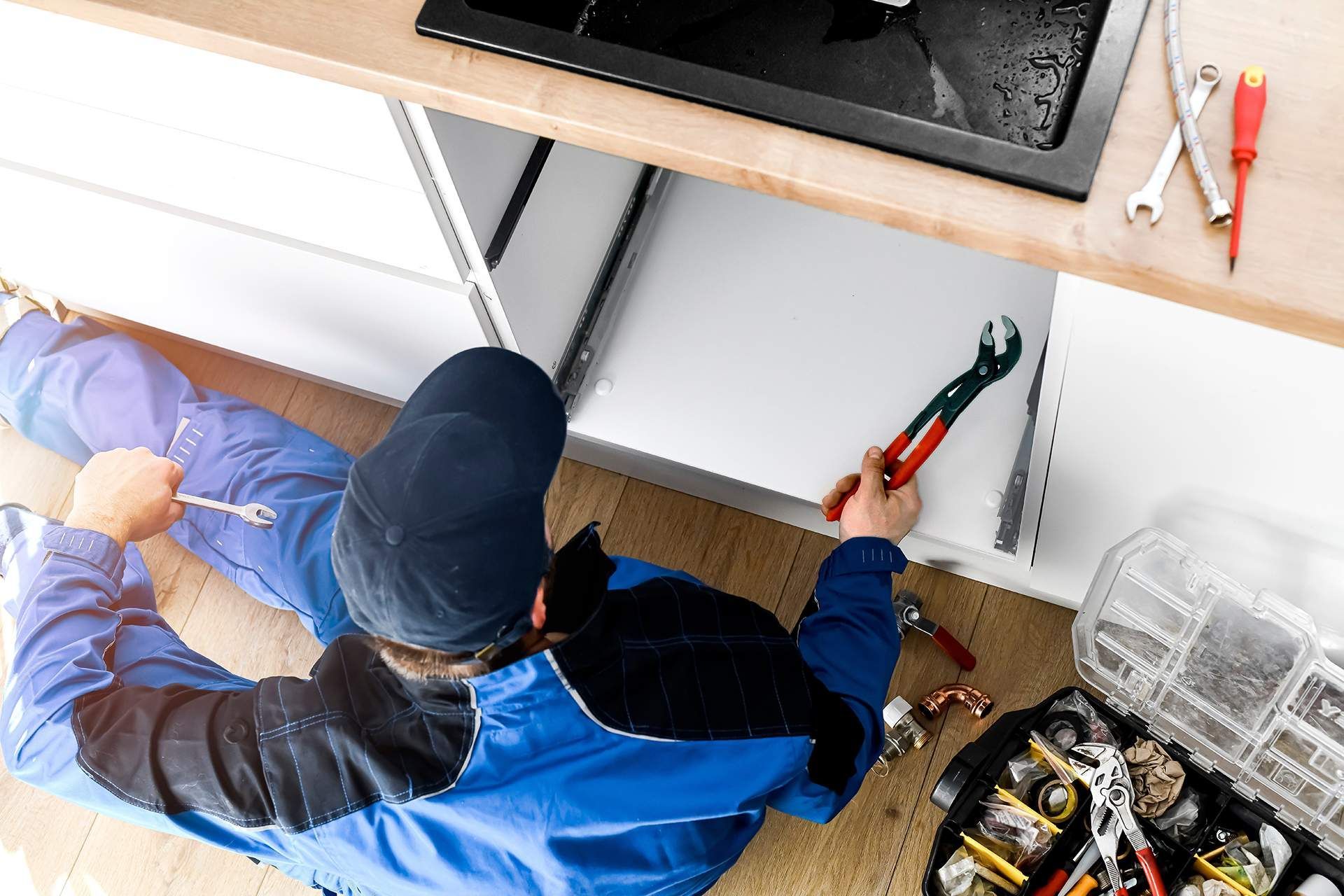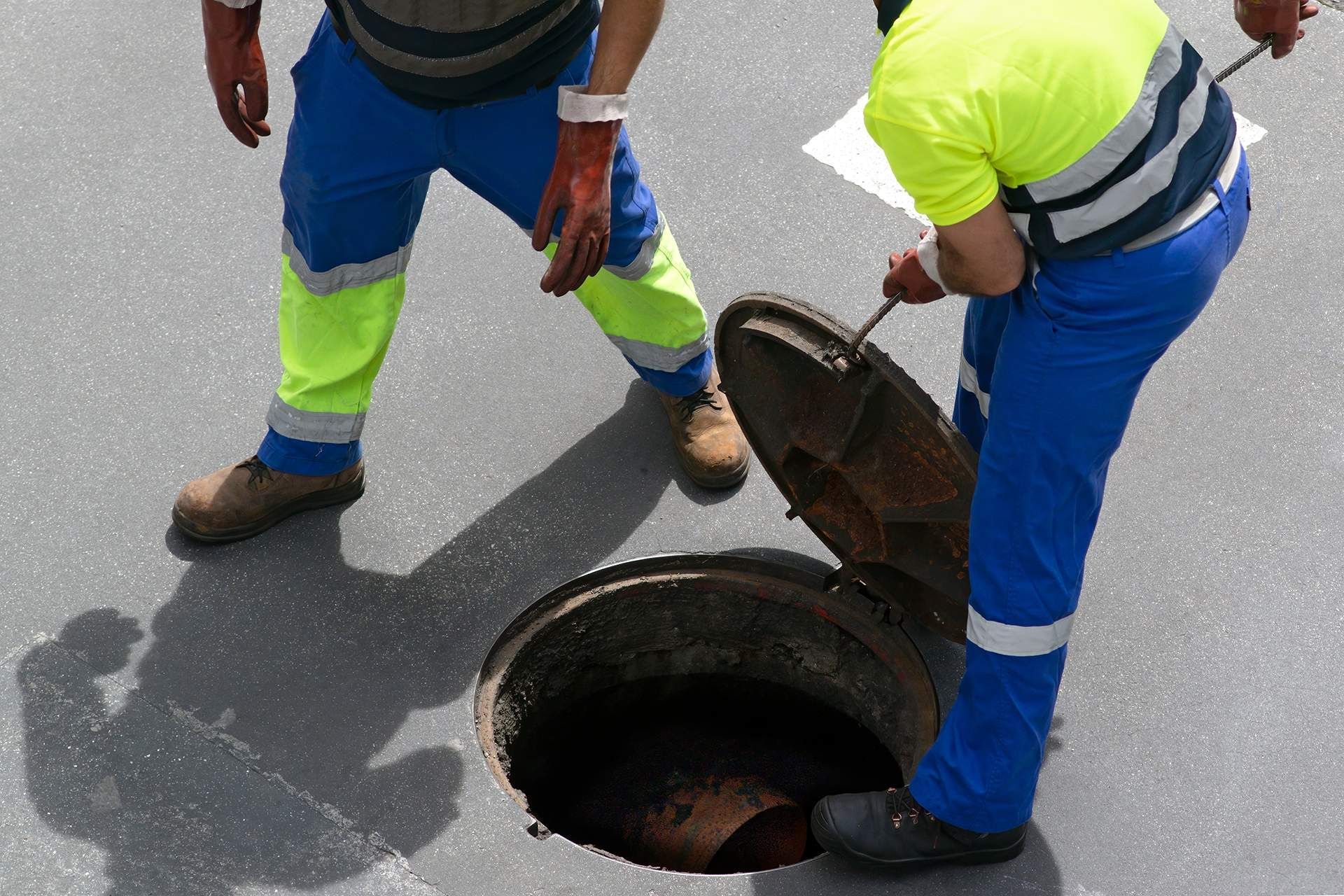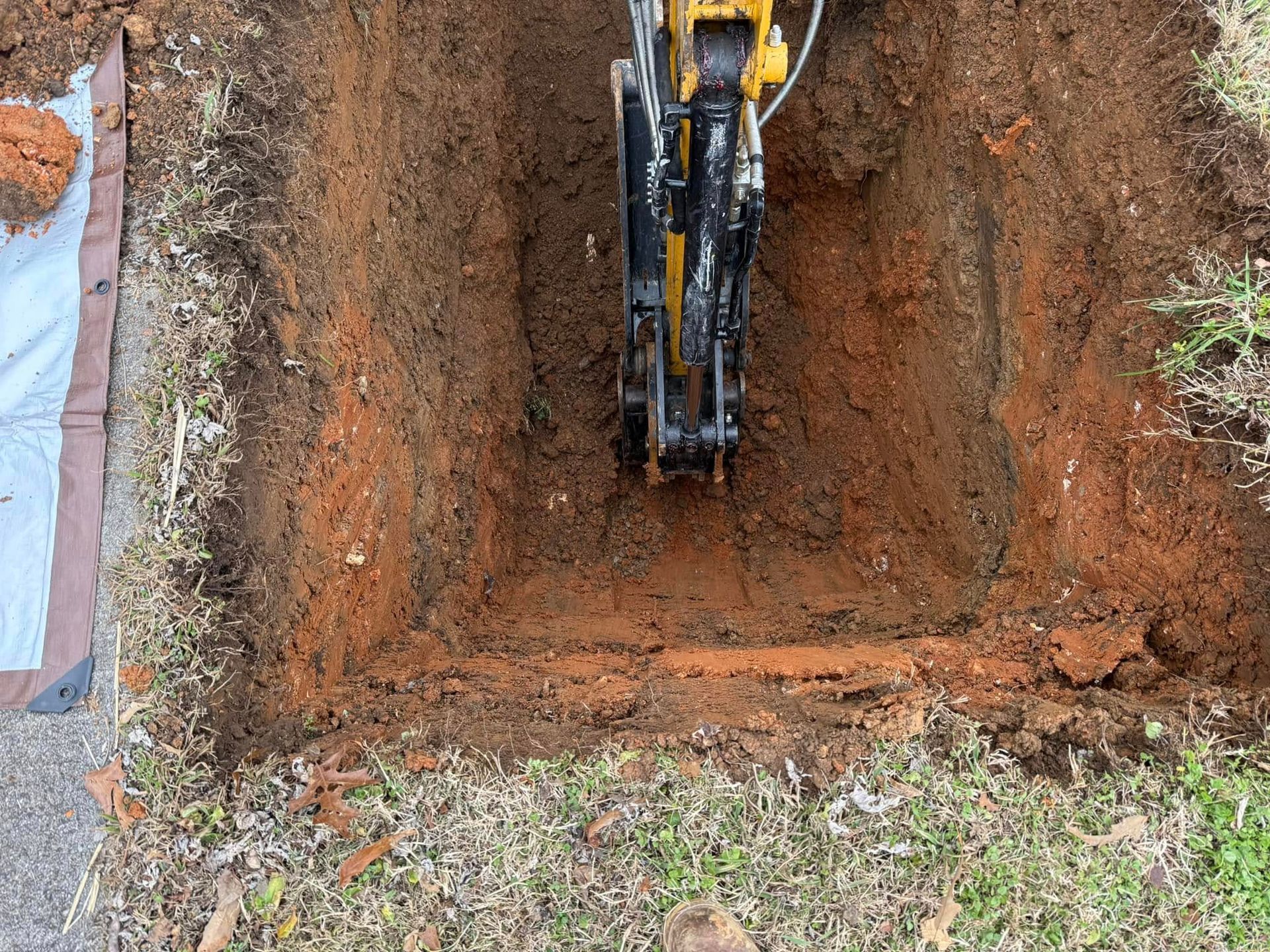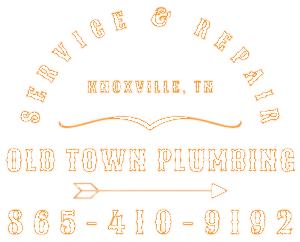Top Reasons for a Slow Draining Toilet and How We Fix It
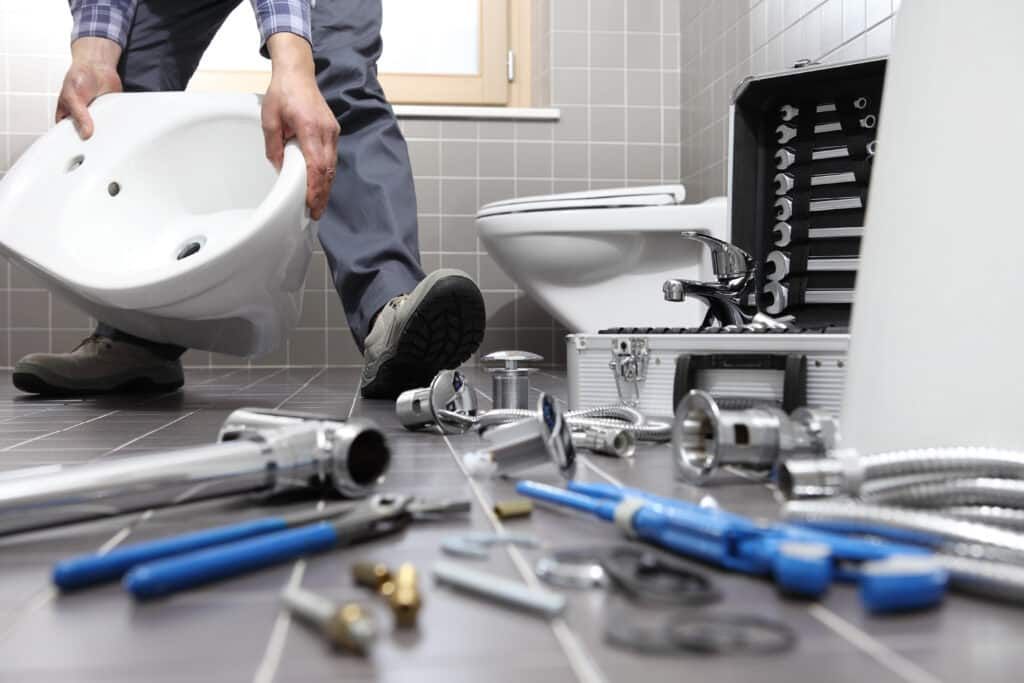
Table of Contents
- Why a Slow Draining Toilet Deserves Immediate Attention
- What’s Really Behind That Sluggish Flush
- Hands-On Fixes You Can Try Before Calling Us
- When It’s Time to Bring in a Professional Plumber
- Keeping the Problem from Coming Back
- Our Final Word: Local Expertise You Can Count On
Why a Slow Draining Toilet Deserves Immediate Attention
We’ve been in enough bathrooms across town to know that aslow draining toilet with a weak or sluggish flush is more than just a nuisance. What starts as an occasional slow swirl can turn into a full blockage or even a messy backup when you least expect it. One evening, a homeowner called us in a panic after hosting a family gathering. Their toilet had been draining slowly for weeks, and that night it finally refused to flush altogether. By the time we arrived, water had started creeping onto the floor. That scenario isn’t rare—and it’s exactly why we urge people to act quickly at the first sign of trouble.
Aslow draining toilet is a warning light for your plumbing system. The earlier we can pinpoint the cause, the easier (and less expensive) it is to fix. Waiting too long often leads to bigger problems, from sewer line damage to water damage that can affect floors and walls. For professional help anytime, you can always count on ourtoilet repair experts atOld Town Plumbing.
What’s Really Behind That Sluggish Flush
Through years of on-the-job experience, we’ve tracked down several common reasons toilets lose their flushing power. Some you can spot yourself, while others hide deeper in the plumbing system.
Partial Clogs in the Trap or Drain Line
The curved trap in your toilet is great for blocking sewer gases, but it’s also the perfect spot for clogs to develop. We’ve pulled out everything from excessive toilet paper to small plastic toys—sometimes even hairpins. These partial clogs slow the flow without stopping it completely, so the water lingers longer in the bowl before it finally drains.
Mineral Buildup in the Rim Jets
Homes with hard water are particularly vulnerable to this one. Over time, mineral deposits settle inside the tiny jets beneath the toilet rim. These jets are responsible for that powerful swirl that clears the bowl. When they’re clogged with calcium or lime, the flush loses force, leaving you with a slow draining toilet even when the pipes themselves are clear.
Blocked Plumbing Vent
Your plumbing system relies on a vertical vent pipe—usually leading through the roof—to balance air pressure. If leaves, a bird’s nest, or even ice block that vent, water can’t flow freely. We once climbed up to a second-story roof in the middle of January only to find a solid plug of frozen leaves in a customer’s vent. The fix was simple once we found it, but the symptoms inside looked like a serious drain problem.
Worn-Out Flapper or Faulty Fill Valve
A healthy flush needs enough water released quickly. If the tank flapper is cracked or the fill valve isn’t allowing the tank to fill completely, there’s just not enough water pressure to create a strong flush. We often see this in older toilets where rubber parts have started to deteriorate.
Main Sewer Line Obstructions
Sometimes the problem isn’t in the toilet at all. Tree roots, collapsed pipes, or heavy grease buildup can narrow or block the main sewer line. When that happens, every toilet and drain in the house starts to slow down. In those cases, professional equipment like a camera inspection or hydro-jetting is the only real solution.
Hands-On Fixes You Can Try Before Calling Us
Not every slow draining toilet requires an immediate service call. For smaller issues, these steps can get your toilet back in working order.
Plunge with Proper Technique
A flange plunger creates the best seal. Make sure the rubber cup is submerged in water, then give it firm, steady pushes. We’ve seen plenty of clogs cleared this way, especially when the blockage is just a wad of paper.
Use a Toilet Auger
When a plunger isn’t enough, a toilet auger (sometimes called a closet auger) can break through or retrieve clogs deeper in the trap. Carefully insert the auger and turn the handle to snag or push through the obstruction without scratching the porcelain.
Clean the Rim Jets
Mineral deposits under the rim can be loosened with a stiff brush and a mix of vinegar and baking soda. We recommend shutting off the water supply and flushing to empty the bowl first. A thorough scrub of those tiny holes often restores the flush’s full power.
Inspect the Flapper
Lift the lid and look at the rubber flapper. If it’s warped, cracked, or not sealing properly, replace it. A simple flapper replacement often restores strong water flow during a flush.
Check the Roof Vent
If you’re comfortable and it’s safe, look at the vent pipe on the roof. Remove any visible debris and flush it gently with a garden hose. Clearing that airway can immediately improve drainage if a blockage was creating a vacuum in the system.
When It’s Time to Bring in a Professional Plumber
If these steps don’t improve the situation—or if you notice slow drainage throughout the house—it’s time to give us a call. Persistent or widespread problems often point to sewer line issues or hidden leaks that only professional tools can locate.
Our team uses camera inspections to see exactly what’s happening inside the pipes. For serious blockages, we may recommend hydro-jetting, which uses high-pressure water to clear roots or heavy buildup without damaging the pipes. These are not DIY jobs; they require specialized equipment and expertise to avoid creating a bigger problem. For reliabletoilet repair services, our technicians are ready to help.
Keeping the Problem from Coming Back
Once your slow draining toilet is fixed, a few simple habits can help keep it that way.
Flush only toilet paper and waste—nothing else. Even wipes labeled “flushable” can cause clogs over time. If you live in an area with hard water, consider a water softener to minimize mineral buildup in the rim jets. And don’t forget about regular plumbing inspections, which you can schedule through ourcontact page. A quick checkup once a year lets us catch small issues long before they turn into emergencies.
We also recommend teaching everyone in the household proper toilet habits. It may sound basic, but we’ve seen how even small mistakes can lead to big plumbing headaches.
Our Final Word: Local Expertise You Can Count On
A slow draining toilet might seem like a small inconvenience, but in our experience it’s often the first sign of a larger plumbing issue. Addressing it early protects your home from damage and saves you money in the long run. We’ve helped homeowners across the area restore strong, reliable flushes—sometimes with a quick fix, other times by solving deep sewer line problems.
When you’re ready for dependable, local help, reach out toOld Town Plumbing or use ourcontact page to schedule a service. We’re your neighbors, and we’re here to make sure your plumbing works the way it should.
Frequently Asked Questions
1. How do we handle a slow draining toilet?
We start by inspecting the trap, drain line, and rim jets to find the cause of the slow draining toilet. If needed, we use professional tools like augers or hydro-jetting to clear tough clogs and restore a strong flush.
2. When should we call for toilet repair?
If a slow draining toilet keeps returning after plunging or you notice multiple fixtures draining slowly, it’s time to schedule toilet repair with our team to prevent bigger plumbing issues.
3. Can we fix a slow draining toilet ourselves?
Yes, we can try plunging, cleaning the rim jets, or checking the flapper first. But if the slow draining toilet persists, it usually needs professional toilet repair to avoid hidden damage.
4. What causes a slow draining toilet in our home?
Common causes of a slow draining toilet include partial clogs, mineral buildup, a blocked vent, or a worn-out flapper. Some problems require expert toilet repair to ensure lasting results.
5. How do we prevent future toilet repair needs?
We avoid flushing anything but waste and toilet paper, schedule annual plumbing checks, and treat hard water buildup. These habits keep a slow draining toilet from turning into a costly toilet repair.
